Noteboek

Dutch artist Evelien Lohbeck’s multimedia artwork noteboek (2008), was selected as a Top Video in the Biennial of Creative Video, the showcase organized by the Guggenheim Museum and YouTube. Noteboek exemplifies what theorist Saskia Korsten refers to as ‘reversed remediation’. 2 This aesthetic strategy plays with Jay David Bolter and Richard Grusin’s notion of ‘remediation,’ […]
Scale
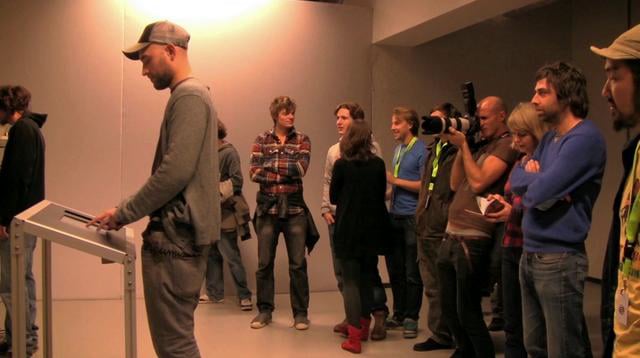
Scale (2010) by Jay Yim, Marlena Novak, and Malcolm Maclver is an interactive installation that uses fish to create a choir. They used twelve different nocturnal electric fish from the Amazon River Basin to form this ‘choir’ by using their electrical fields as the source tones. The fish are “housed in individual tanks configured in […]
The Rainbow Machine

The Rainbow Machine (1998) is a large steel structure that is suspended 9 feet off the ground and sprays a wall of water creating a full spectrum rainbow anytime the sun is shining [1]. Rebecca Cummins, the artist, created this structure with the intent of being able to recreate a natural occurrence in nature. The […]
Security by Julia


EyeWriter
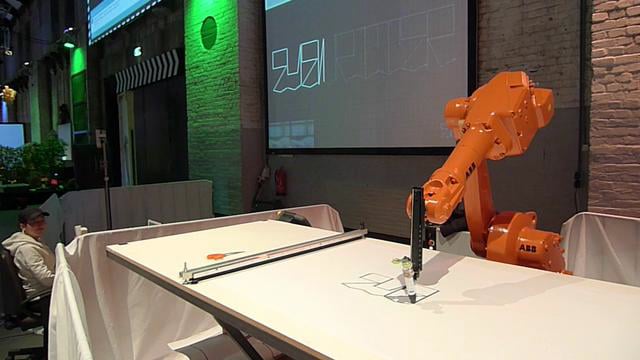 [video src="https://vimeo.com/6376466"]
[video src="https://vimeo.com/6376466"]
DeepArt.io

Neural networks are no stranger to the art world. These networks are used in works such as Ralf Baeker’s, Rechnender Raum (Computing Space) (1) and SymbioticA’s MEART – The Semi-Living Artist. (2) Neural networks are essentially programs that mimic the human brain when it comes to problem-solving. In other words, it’s a system or network […]
Net Art Latino Database

Netart is not dead. It just smells funny. – Brian Mackern, net artist. Created by Uruguayan artist Brian Mackern, netart latino database is a hand-coded, text-only website containing hundreds of links to works by Latin American artists as well as related online discussions and criticism. An archive as well as an artwork, it is described […]
PRISM:The Beacon Frame

[video src=https://www.youtube.com/watch?v=ODQbbJPTpDY]Julian Oliver and Danja Vasiliev's Prism: The Beacon Frame, is a series of installations inspired by the formerly secret Prism program that uses similar techniques of wireless device localization and mapping, cell-tower hijacking and wireless packet inspection known to be in deployed by state sanctioned surveillance agencies such as the GCHQ(UK) and NSA(USA). It debuted at Transmediale in Berlin in 2014 and was taken down by the venue for allegedly violating German privacy laws.
Metavid

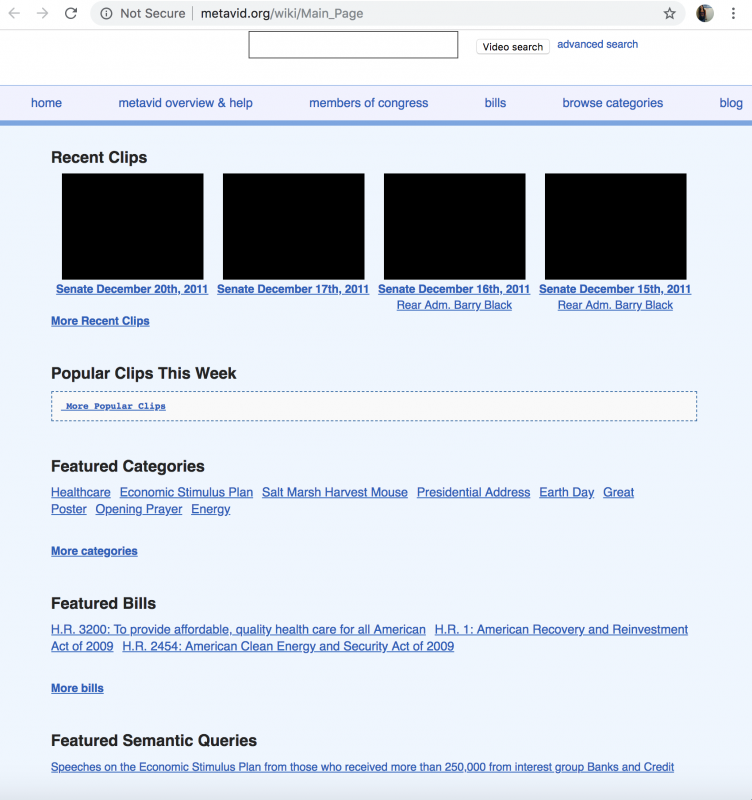 Metavid is a free-software site that hosts United States public domain legislative footage. Through closed-captioning text from a “simple Linux box”[1]that records “everything C-SPAN shoots,”[1] Metavid can provide “brief searchable clips”[1] of legislative footage. Online communities can engage with the audio and video media archives which are not usually viewed by the public but told second hand through other media outlets. Metavid captures a non-bias recording of legislative meetings so that the people can draw their own opinions and ideas. The close-captioned text allows users to quickly and easily search through the thousands of hours of archived footage so that all the related media appears in the search results.
Metavid is a free-software site that hosts United States public domain legislative footage. Through closed-captioning text from a “simple Linux box”[1]that records “everything C-SPAN shoots,”[1] Metavid can provide “brief searchable clips”[1] of legislative footage. Online communities can engage with the audio and video media archives which are not usually viewed by the public but told second hand through other media outlets. Metavid captures a non-bias recording of legislative meetings so that the people can draw their own opinions and ideas. The close-captioned text allows users to quickly and easily search through the thousands of hours of archived footage so that all the related media appears in the search results.
Banksy: One Nation, Under CCTV

 One Nation Under CCTV is a graffiti artwork criticizing the use of surveillance by the government. It was created in 2007 and was located on Newman Street in London. It was created by London-based guerilla artist Banksy [1], whose identity remains unknown by the public in 2019. He is known for his satirical, dark, yet political grafitti artwork that he places throughout the world without notice. Banky's work suggests that we are controlled by surveillance and that everything that we do is watched or listened by somebody. Overtime, his artworks are often taken down by the government or destroyed by unknown sources.
One Nation Under CCTV is a graffiti artwork criticizing the use of surveillance by the government. It was created in 2007 and was located on Newman Street in London. It was created by London-based guerilla artist Banksy [1], whose identity remains unknown by the public in 2019. He is known for his satirical, dark, yet political grafitti artwork that he places throughout the world without notice. Banky's work suggests that we are controlled by surveillance and that everything that we do is watched or listened by somebody. Overtime, his artworks are often taken down by the government or destroyed by unknown sources.
“Hope and Change” “Freedom”


In Josh Kline's Hope and Change (2015), a white boxed light illuminates the edges of a flat screen TV. In the video, an actor played the role of Barack Obama and Kline used a "facial substitution software" to reconstruct his face to look like the former president. The video is of the president's “inaugural speech” back in 2009 but with thought-provoking variations that were “written by the artist and one of the speechwriters” for Obama. We know it is just an animation – an avatar – but the duality it creates make us aware of the tension between the real and the virtual.
Jaywalking
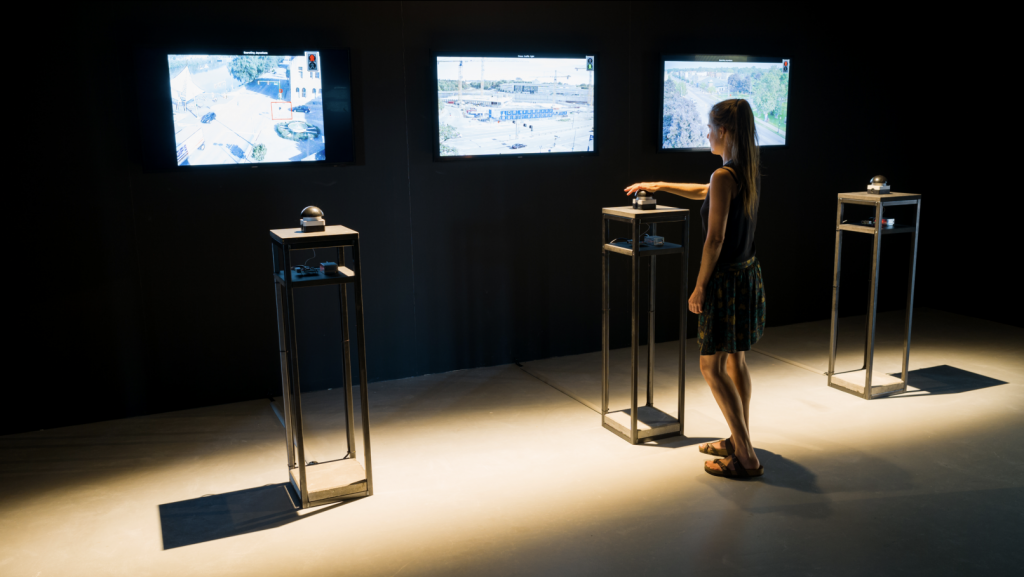
Artist Dries Depoorter’ s Jaywalking is an interactive installation that displays live surveillance footage of streets in various countries. Surveillance webcams capture footage of crosswalks and identify jaywalkers. From the monitor, visitors are given a choice as to whether or not they want to press a button that emails screenshots to local police stations. The work thus presents audiences with a moral dilemma. The ensuing interactions convey a complete disconnect between the surveilled and the installation viewer in charge of their fate.
s Jaywalking is an interactive installation that displays live surveillance footage of streets in various countries. Surveillance webcams capture footage of crosswalks and identify jaywalkers. From the monitor, visitors are given a choice as to whether or not they want to press a button that emails screenshots to local police stations. The work thus presents audiences with a moral dilemma. The ensuing interactions convey a complete disconnect between the surveilled and the installation viewer in charge of their fate.
Nobody Likes Me
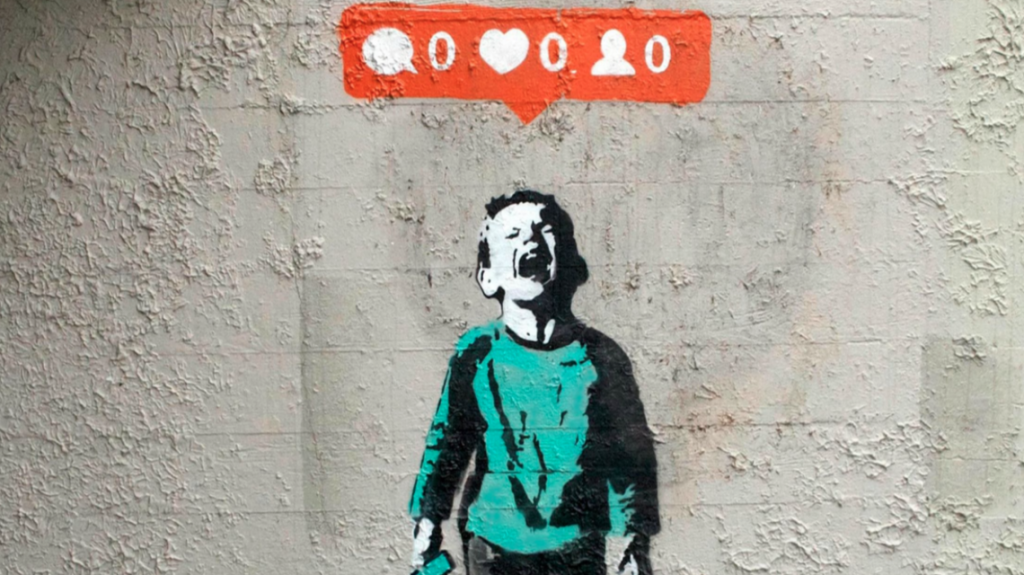
 A Vancouver based artist who goes by the alias of iHeart, has gotten a lot of attention after Banksy, a famous street and graffiti artist, reposted his work on social media. The work in mention depicts a boy who is obviously distraught and weeping uncontrollably. However, what makes this work so interesting as well as places the work into the category of both culture jamming as well as post-internet art, is the little bits of aerosol paint that depicts the instagram logos that indicate the amount of likes, comments that a user has.
A Vancouver based artist who goes by the alias of iHeart, has gotten a lot of attention after Banksy, a famous street and graffiti artist, reposted his work on social media. The work in mention depicts a boy who is obviously distraught and weeping uncontrollably. However, what makes this work so interesting as well as places the work into the category of both culture jamming as well as post-internet art, is the little bits of aerosol paint that depicts the instagram logos that indicate the amount of likes, comments that a user has.
r/place
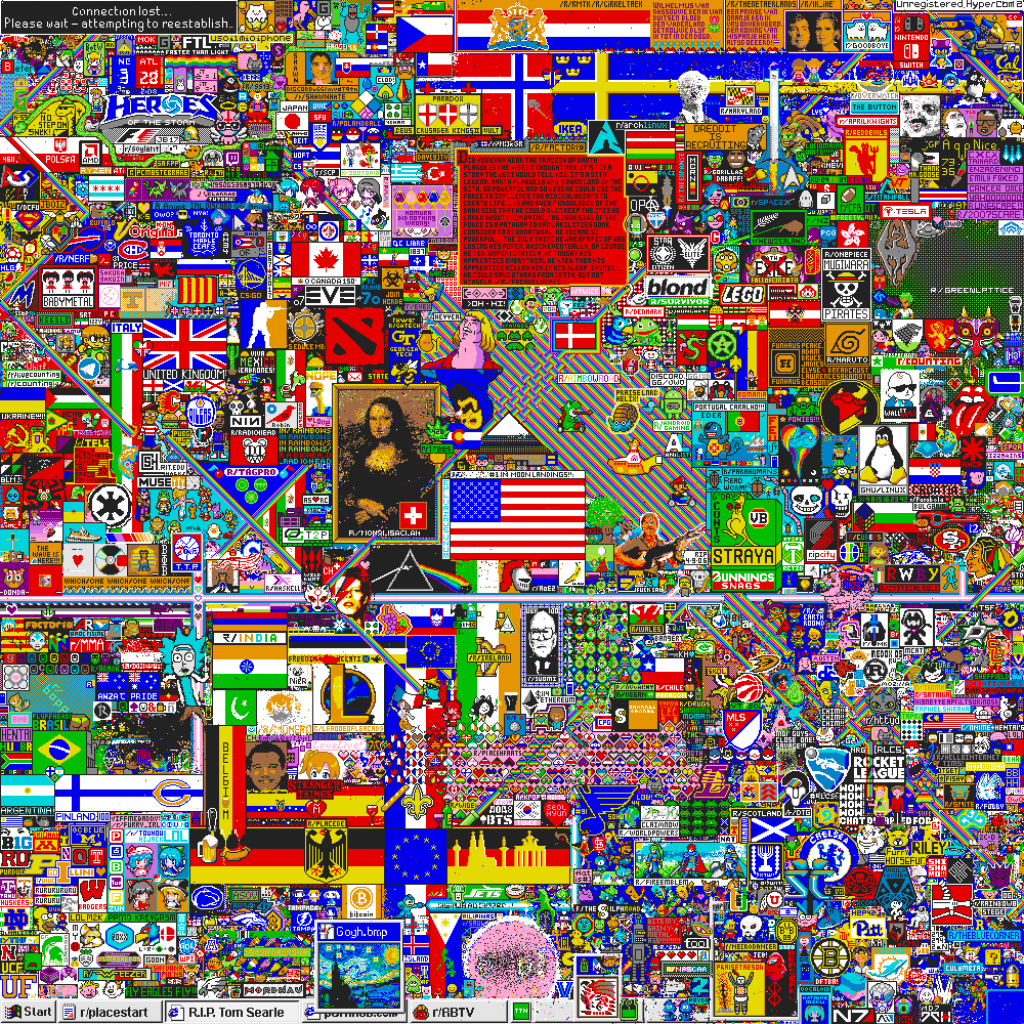
 r/place (pronounced "ar slash place" or simply just "place") is a collaborative art project created by the community of the website Reddit.com in April of 2017. r/place was a grid of one million pixels (1000×1000) that was initially completely white. Anyone with a reddit account could visit http://www.reddit.com/r/place between the first and third of April of 2017. Once there, users could pick a color, and place a single pixel of the chosen color anywhere on the grid, including pixels that other users had already filled in. Users were allowed to place additional pixels five to twenty minutes after each pixel they placed. The page still exists, however users can no longer participate in the project and instead the subreddit is now dedicated to people simply talking about r/place.
r/place (pronounced "ar slash place" or simply just "place") is a collaborative art project created by the community of the website Reddit.com in April of 2017. r/place was a grid of one million pixels (1000×1000) that was initially completely white. Anyone with a reddit account could visit http://www.reddit.com/r/place between the first and third of April of 2017. Once there, users could pick a color, and place a single pixel of the chosen color anywhere on the grid, including pixels that other users had already filled in. Users were allowed to place additional pixels five to twenty minutes after each pixel they placed. The page still exists, however users can no longer participate in the project and instead the subreddit is now dedicated to people simply talking about r/place.
Nests

[video src=https://www.youtube.com/watch?v=gCB9BE5H6B4] Surveillance by governments, corporations, and even other institutions is becoming an epidemic around the world. Prague-based artist Jakub Geltner flips the viewpoint of standard surveillance equipment. Nest positions surveillance equipment such as video cameras and satellite dishes in congested flocks. Located at beaches, elementary schools, buildings, and bridges, amalgamations of up to twenty or so devices are placed within extremely close proximity to each other, pointing every direction. The installations suggest the spreading of an infection or rash, reminding us that in a sense, we are never out of the line of sight; we continually are being watched even when we do not notice.
Home made Virtual Soup
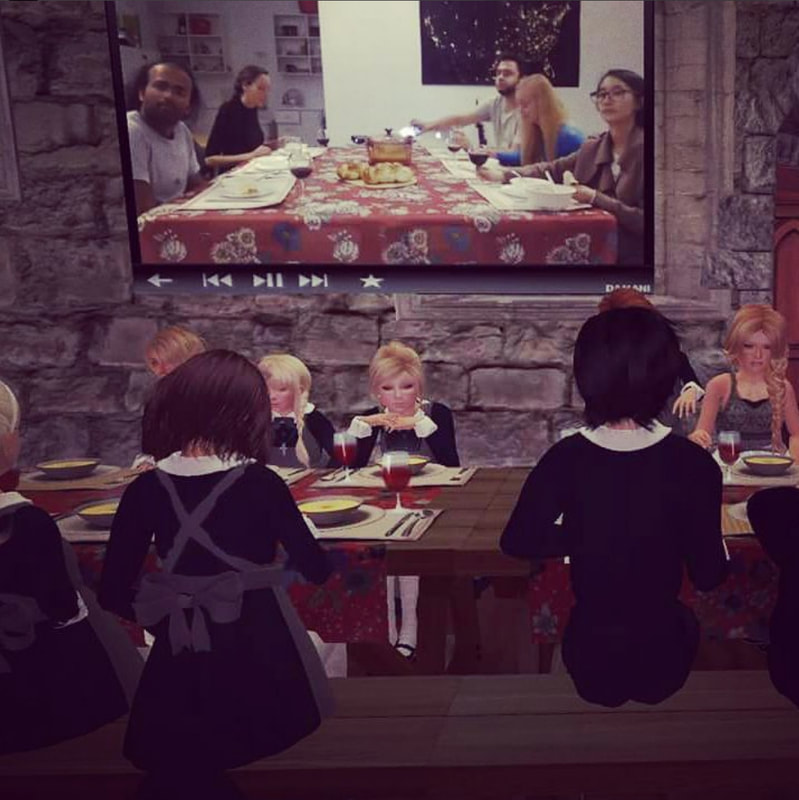
[video src=https://vimeo.com/245388198] Home made Virtual Soup, developed by artist Avital Meshi, connects Second Life avatars and Real-Life puppeteers. The meeting was held during soup time at St. Columba Catholic School in the virtual community Second Life. The artist set up the meeting with Miss Sarah Sandalwood, editor of O’Hare’s Gap, a guide to a 1930s virtual Irish village. Together, Miss Tali (Avital Meshi’s Second Life avatar) and Miss Sarah Sandalwood “opened a mystical portal between” both worlds. The meeting was a wonderful real-time experience where realities collided. The artist invited her “school family” at UCSC to enjoy soup with Second Life students of St. Columba, and they all experienced a “moment of communal fellowship.”
The Conversation Map

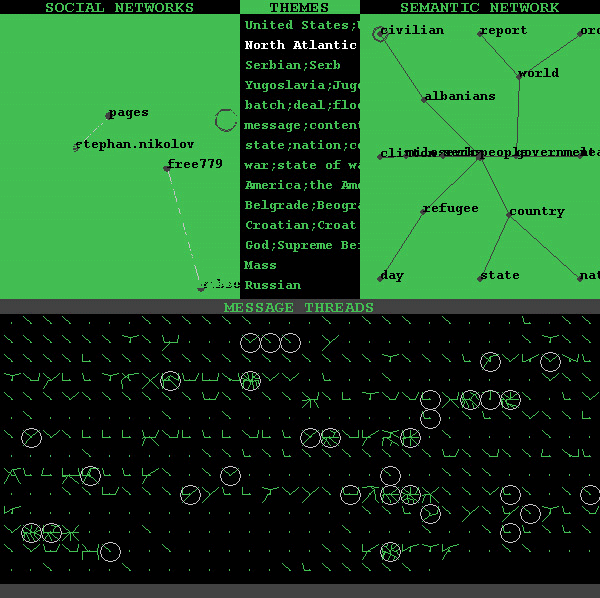 Warren Sack developed The Conversation Map in order to visualize a comment/reference chain of certain media posts within a forum or archive. The Conversation Map is an interface that analyzes archives and sites based on words and their relationship to each other[2]. Each line on the interface represents a connection or a citation to the post within an archive, like a Facebook, forum, or reddit post. A dot means that there is no reference or citation made to that specific post. The hottest conversations typically mean it would look more like a spider web of lines in contrast to a post with only one or two lines, representing one or two connections to it.
Warren Sack developed The Conversation Map in order to visualize a comment/reference chain of certain media posts within a forum or archive. The Conversation Map is an interface that analyzes archives and sites based on words and their relationship to each other[2]. Each line on the interface represents a connection or a citation to the post within an archive, like a Facebook, forum, or reddit post. A dot means that there is no reference or citation made to that specific post. The hottest conversations typically mean it would look more like a spider web of lines in contrast to a post with only one or two lines, representing one or two connections to it.
Under

 Martina Amati is a London-based artist and filmmaker that has worked with water as one of her main subjects. She developed the installation film “Under” with Kevin Fong, a scientist and a physiology professor at University College London.(1) She has various shots of people floating in water. She uses low frequency echoing sounds to create stability in the background and also to help enhance the spatial temporal depth of the film.(2) Amati uses the varying tones of blue to evoke a sense of calmness that amalgamates with both the ambient and manufactured sounds to reflect off each other a more profound sensation of surreal peace.
Martina Amati is a London-based artist and filmmaker that has worked with water as one of her main subjects. She developed the installation film “Under” with Kevin Fong, a scientist and a physiology professor at University College London.(1) She has various shots of people floating in water. She uses low frequency echoing sounds to create stability in the background and also to help enhance the spatial temporal depth of the film.(2) Amati uses the varying tones of blue to evoke a sense of calmness that amalgamates with both the ambient and manufactured sounds to reflect off each other a more profound sensation of surreal peace.
Seattle Crime Cams
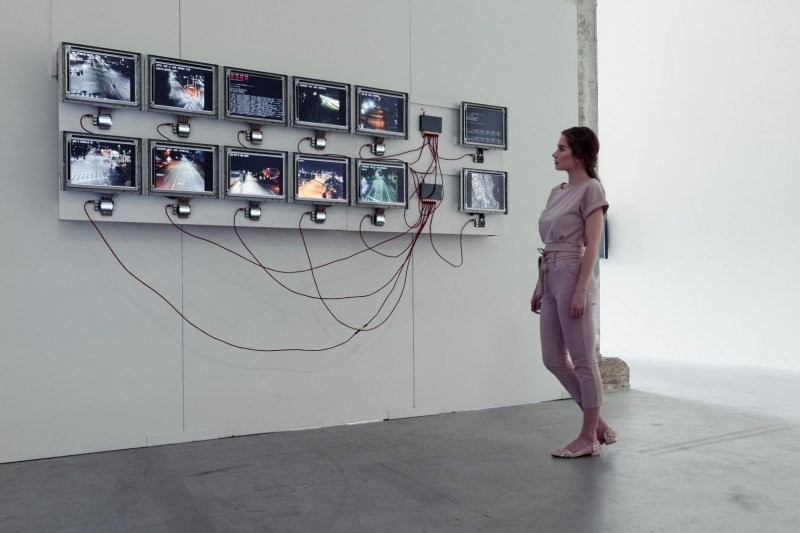
[video src=https://vimeo.com/158497068 height: 200 align:right] Dries Depoorter's Seattle Crime Cams streams surveillance videos in real-time to the gallery installation. The artist tapped into Seattle's surveillance systems by finding the feed of the footage buried in code. This offered him access to a continuous stream of video captured by the city's numerous surveillance cameras. “I found it pretty strange, that the police were sharing all this data to the general public,” he claims. “I had to show what you could do with this… You see just how much surveillance there really is.”
Floribots
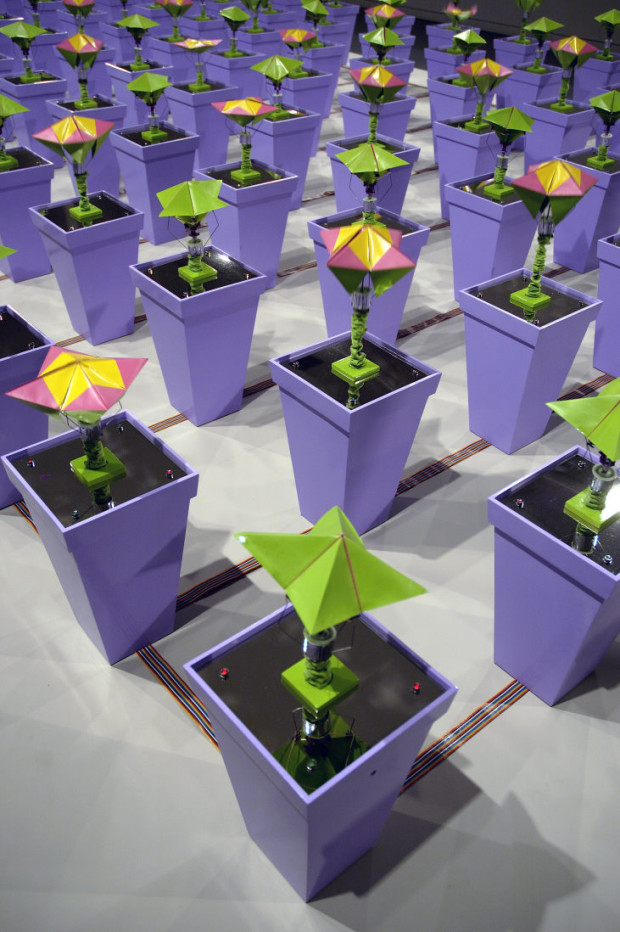
 Floribots, a massive art piece created by Geoffrey Drake-Brockman in 2005, is essentially an array of 128 simple folding paper flowers that are mechanically controlled. Each large flower extends out of a rigid base, and is capable of mechanically "blooming" and extending higher. Operating under a collective "hive-mind," they are capable of reacting to movement stimulus and even has an array of different "moods" they can display through dynamic movement.
Floribots, a massive art piece created by Geoffrey Drake-Brockman in 2005, is essentially an array of 128 simple folding paper flowers that are mechanically controlled. Each large flower extends out of a rigid base, and is capable of mechanically "blooming" and extending higher. Operating under a collective "hive-mind," they are capable of reacting to movement stimulus and even has an array of different "moods" they can display through dynamic movement.
One Beat One Tree
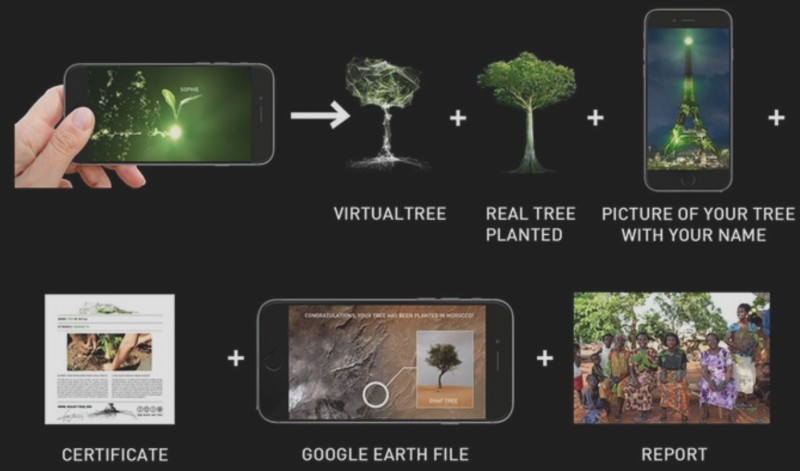
[video src=https://www.youtube.com/watch?v=ie80LvSpIpk align:right height:220]One Beat One Tree by Belgian artist Naziha Mestaoui, displays a world of innovation and technology, and its ability to simulate the spectacle of life as well as growth, in an interactive and heartfelt simulation. The installation consists of a projection of digital forests on cityscapes, bringing the technology as well as the nature into a perceived symbiotic relationship. However, the real magic of this piece comes with the interactive capabilities of this virtual environment, in which the participants are given a heartbeat sensor that syncs with their phones[1], where with each beat, the virtual trees seem to sprout and continue to grow in the virtual space.
Sharing Faces
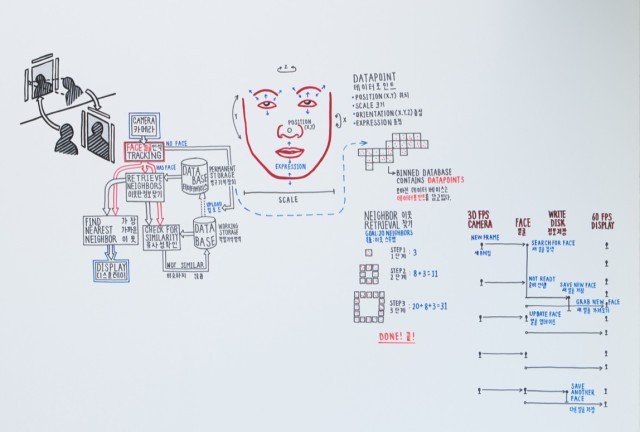
[video src=https://vimeo.com/96549043]Sometimes political and socio-economic issues can act as a veil, automating a blurring or skewing of how people may perceive one another. Many people are taught to hate or disagree with entire populations of others because of past or ongoing sociopolitical issues. Furthermore, this thought process produces stigmas and generalizations that will continue to deepen and push the cultures and people apart, until someone tries to reevaluate the situation. Digital artist Kyle McDonald took this task into his own hands and created an art installation that utilizes high tech surveillance cameras and specially coded software to bring together people from Japan and South Korea to help mend the rocky history between the two countries.
In Order to Control

[video src=https://www.youtube.com/watch?v=Nnq4rvPT4Qc&feature=youtu.be]“What is it to be free? Are you free at all? These are just some of the questions asked to the participants in the interactive installation created by Nota Bene, an Istanbul-based creative studio. The artwork In Order to Control features a continuous loop of digital text sprawled across the floor, littered with moral and ethical questions such as, “Everything that’s legal is not always fair,” and “Everything that’s fair is not always legal.”[2] As spectators step over the sea of Nota Bene’s ethos, their silhouette on the wall takes to life and is transposed with the scrolling typography.
I Promise to Love You
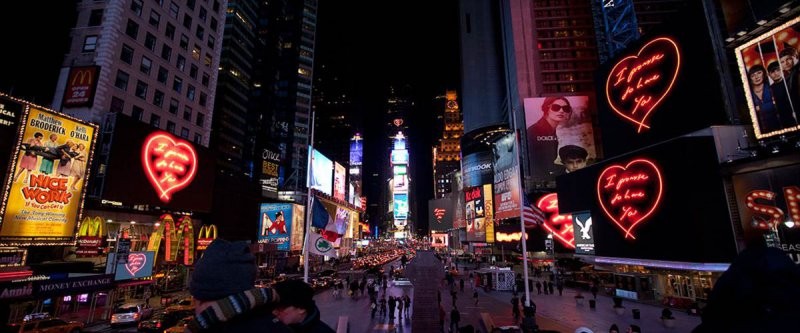
 I Promise to Love You by Tracey Emin is a series of neon artworks, comprised of six written love messages animated on fifteen billboards in Times Square in February 2013., The glowing words slowly spell themselves out, as if being written by a ghost or an invisible presence, demonstrating the power of love.
I Promise to Love You by Tracey Emin is a series of neon artworks, comprised of six written love messages animated on fifteen billboards in Times Square in February 2013., The glowing words slowly spell themselves out, as if being written by a ghost or an invisible presence, demonstrating the power of love.
LOVE

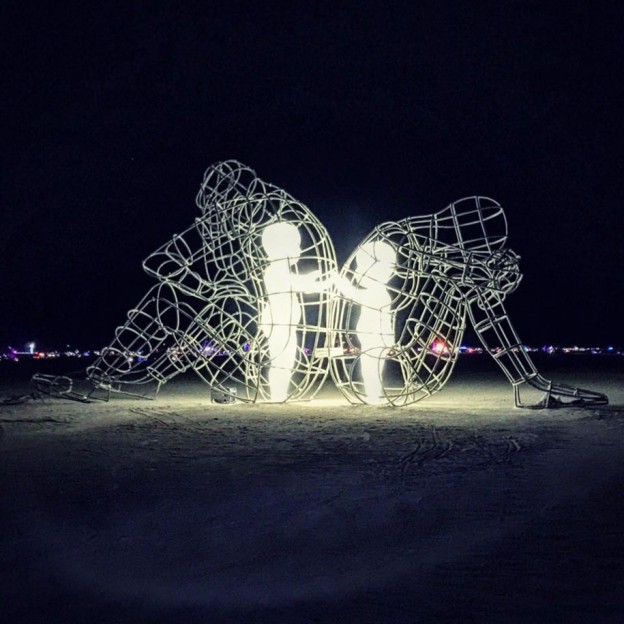 Love is Alexander Milov's debut art piece for the Burning Man Festival. The sculpture calls into question how one is to truly"discover one's genuine self in a media-saturated world." Not only does the sculpture itself send a message to its audience, but the material that is used to create the sculpture is also part of the message as well.The outer figures represent the independence and solitude of adulthood. The rebar cages from which they are fashioned represents how society traps our inner selves. By contrast, the children trapped inside suggested the possibility of connection and illumination.
Love is Alexander Milov's debut art piece for the Burning Man Festival. The sculpture calls into question how one is to truly"discover one's genuine self in a media-saturated world." Not only does the sculpture itself send a message to its audience, but the material that is used to create the sculpture is also part of the message as well.The outer figures represent the independence and solitude of adulthood. The rebar cages from which they are fashioned represents how society traps our inner selves. By contrast, the children trapped inside suggested the possibility of connection and illumination.
Aporia
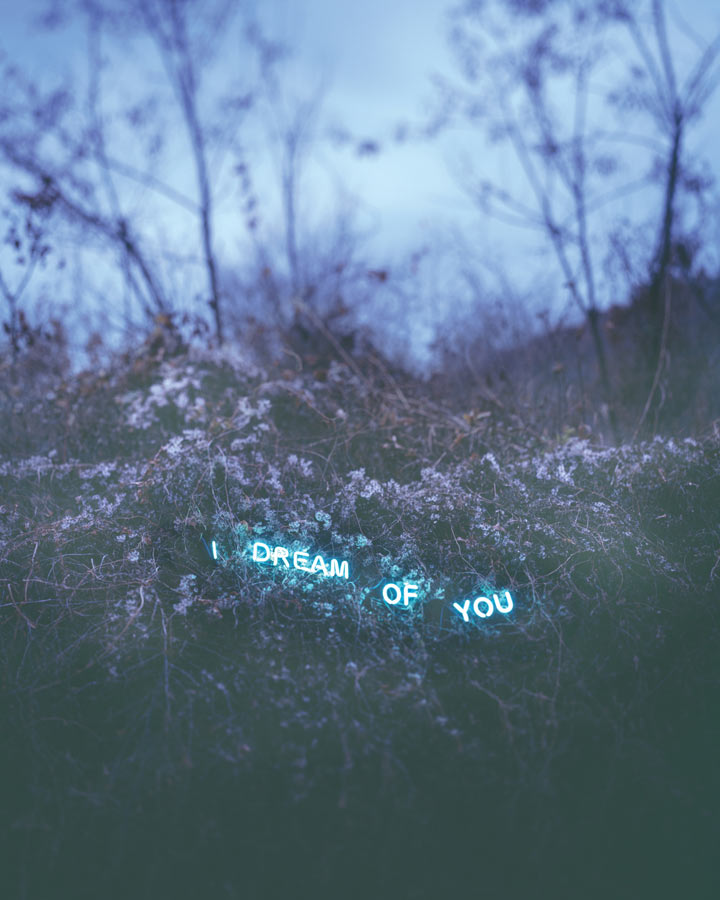
 Aporia is a collection of installations by South Korean artist Lee Jung. Each of the installations consist of a sentence or phrase spelled out in neon against an empty, natural background. The word "aporia" comes from a Greek word meaning "dead end street" and the Oxford English Dictionary defines it as: "An irresolvable internal contradiction or logical disjunction in a text, argument, or theory." The name of the piece combined with the specific matter phrases suggests the artist's complex, if not conflicted, thoughts about the concept of love.
Aporia is a collection of installations by South Korean artist Lee Jung. Each of the installations consist of a sentence or phrase spelled out in neon against an empty, natural background. The word "aporia" comes from a Greek word meaning "dead end street" and the Oxford English Dictionary defines it as: "An irresolvable internal contradiction or logical disjunction in a text, argument, or theory." The name of the piece combined with the specific matter phrases suggests the artist's complex, if not conflicted, thoughts about the concept of love.
Skinonskinonskin

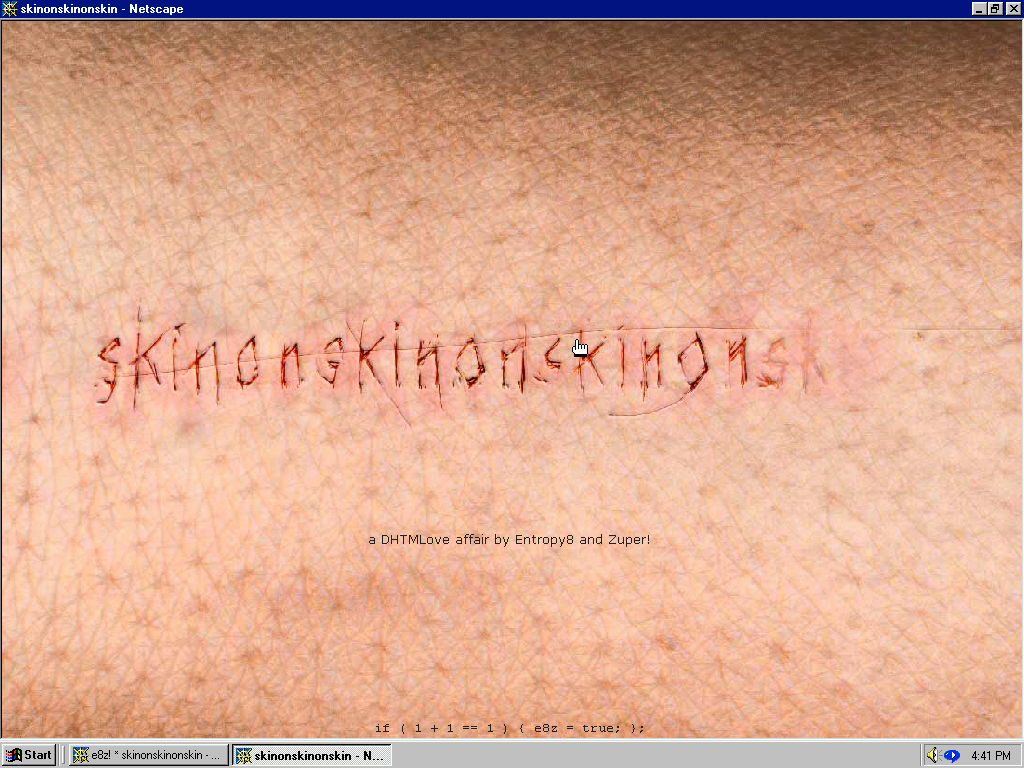
This work of net.art consists of a digital art gallery of two lovers' correspondence from the 1990s. The twenty-five letters feature interesting interactive graphics, cryptic messages, and unique voyeuristic opportunities to view intimate messages sent between the two artists Entropy8 and Zuper!. The viewer can usually interact with the simulated object, environment, or representation. Doing so reveals love notes, messages, and other meanings. There are often personal representations of the two artists, either in the form of a rendered avatar of sorts, or actual images and pictures taken of their bodies.
Modell 5
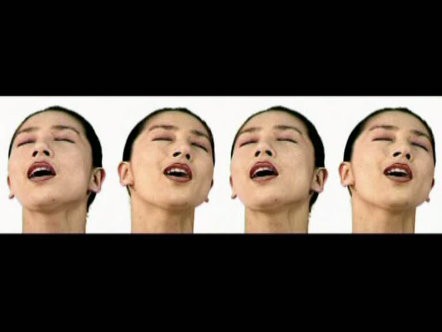
[video src=https://www.youtube.com/watch?v=ATWljMbvVTg]In Modell 5 by Granular Synthesis (Kurt Hentschläger and Ulf Langheinrich) performer Akemi Takeya tells the story of her life. The four-channel video premiered at the ICA in London in 1994, where four projections revealed Takeya's expressions moving rapidly in different directions, with her voice also synchopated algorithmically, using a technique known as "granular synthesis" by the artists. The work has been described as "one of the most beautiful experiments in bringing digital video to a theatrical setting." Audiences are amazed by how the installation animates the subject's story is simultaneously jarring and visually arresting.
We Are All Made of Light
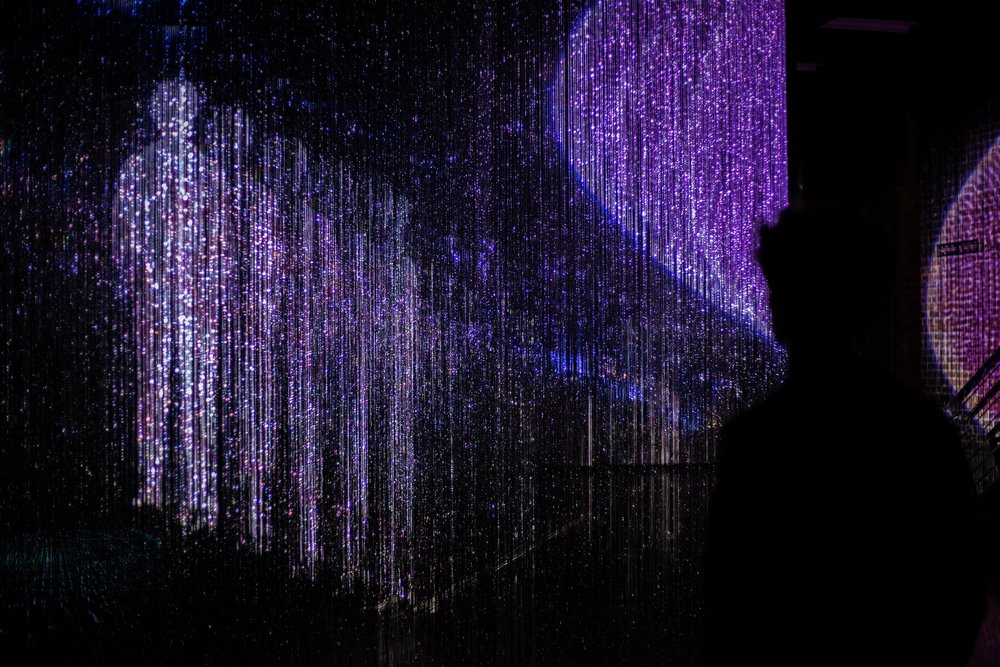
[video src=https://vimeo.com/313413541 height:200 align: left]We Are All Made Of Light is an immersive art exhibition which exemplifies the interconnectedness that we share with our fellow humans and the universe itself. The releasing of the installation coincided with Seattle’s BOREALIS: a festival of light, debuting in October, 2018 in South Lake Union and across Seattle. The work was created by the Seattle-based artist Maja Petrić who set out to demonstrate the thought that we are all just individuals in vast and expansive universe, yet we all share some form of expanded consciousness.
External Cybernetics
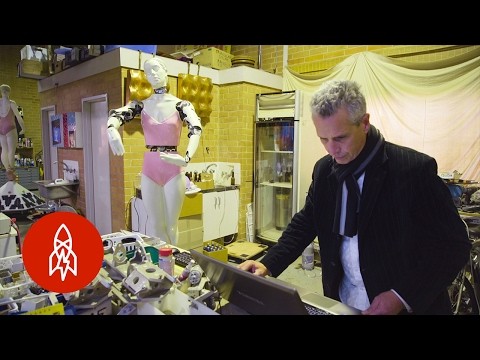
[video src=[video src=https://youtu.be/I0lAcvfc5uU]] Geoffrey Drake-Brockman is an Australian artist who explores a concept known as external cybernetics in which all of his installations require human interaction in order to function. Geoffrey's work in a sense pays homage to the work of Groupe de recherche d'art visual or GRAV from the 1960s. However, Drake-Brockman's approach to external cybernetics gives a deeper, more in-depth look into the behavior of the spectator/participant. He utilizes interactivity to create a world in which the artist is the spectator and the spectator is the artist encouraging creativity in the purest form.
Floribots
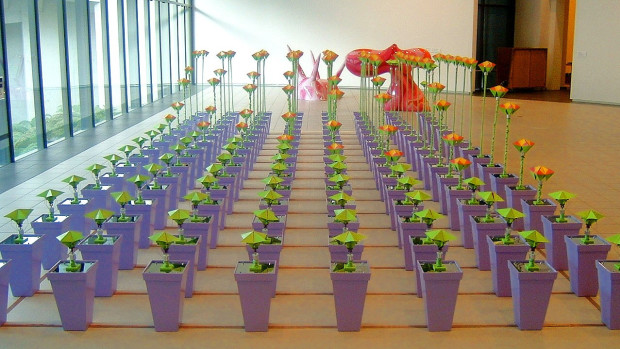
[video src=https://youtu.be/xUjPu0Jif-U] Floribots is a 128 robot origami flower interactive installation. It functions with “hive mind” characteristics by sensing the audience’s movement and adapting its behavior accordingly. The artist, Geoffrey Drake-Brockman programmed Floribots to simulate behaviors that are “both of an individual and a colony.” The technology of Floribots makes use of both software and electronics, allowing humans and machine to play creatively together. The artist installed sensors to detect the audience and in response the Floribots dance in waves creating a fun, interactive charged environment.
Creative Adversarial Network
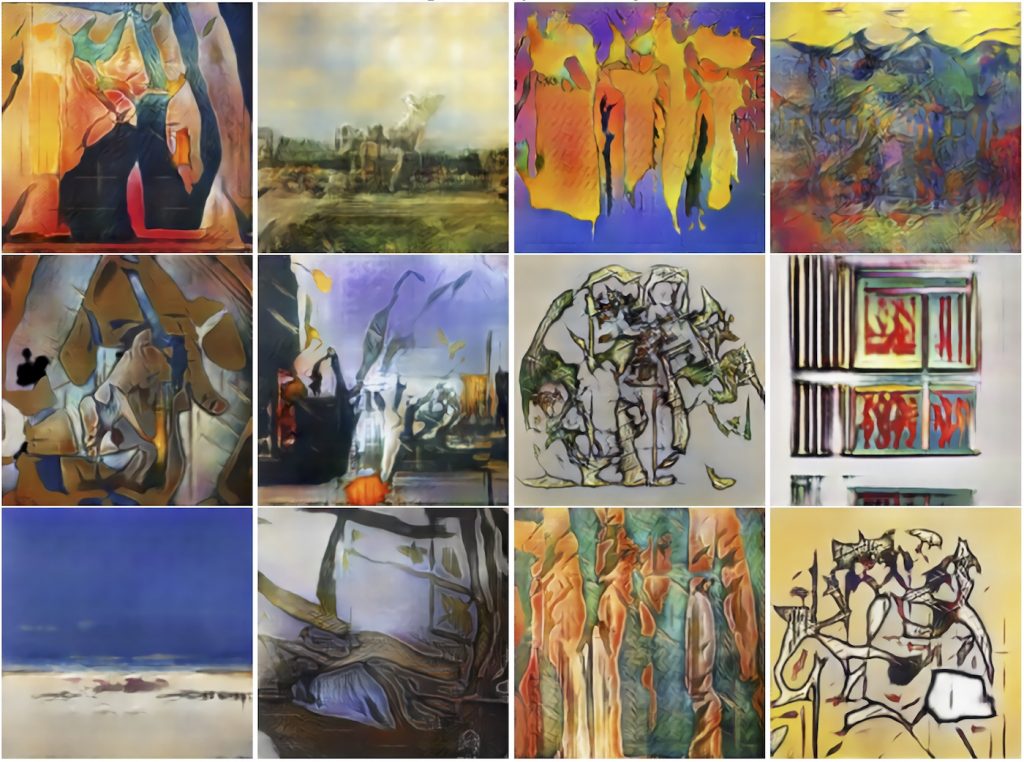
 A computer program called (CAN) Creative Adversarial Network has been making creative works that are being compared with art made by human artists, and it is learning how to continue to improve its works by having people judge them and learning to judge them itself. If a computer can make art on its own will humans artists become obsolete?
A computer program called (CAN) Creative Adversarial Network has been making creative works that are being compared with art made by human artists, and it is learning how to continue to improve its works by having people judge them and learning to judge them itself. If a computer can make art on its own will humans artists become obsolete?
Reusable Universes
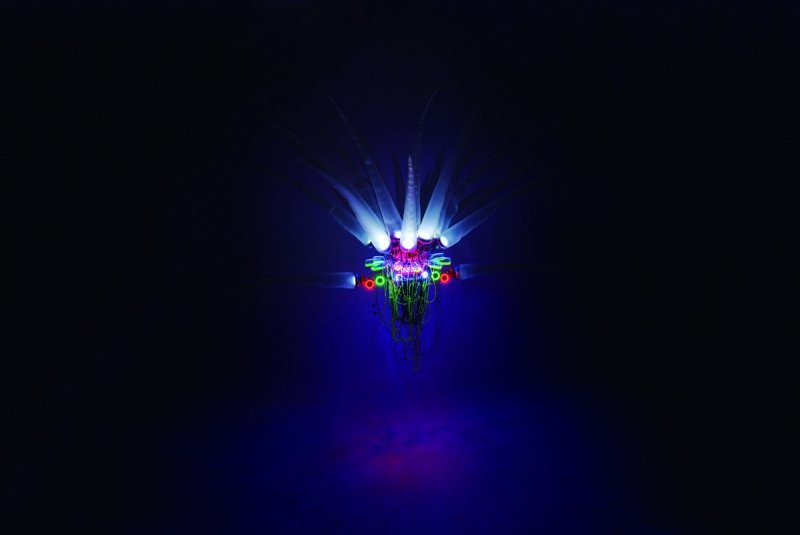
Artist Shih Chieh Huang really takes on the saying of one person’s trash is another person’s treasure, producing some incredible cybernetic structures and sculptures. These sculptures utilize various pieces of plastics, fans, electronics, and circuit building that mimic organic life of deep sea organism. The plastic deep sea animals glow with brilliant lighting, pneumatics, and […]
$8,793 Worth of [Digital] Art
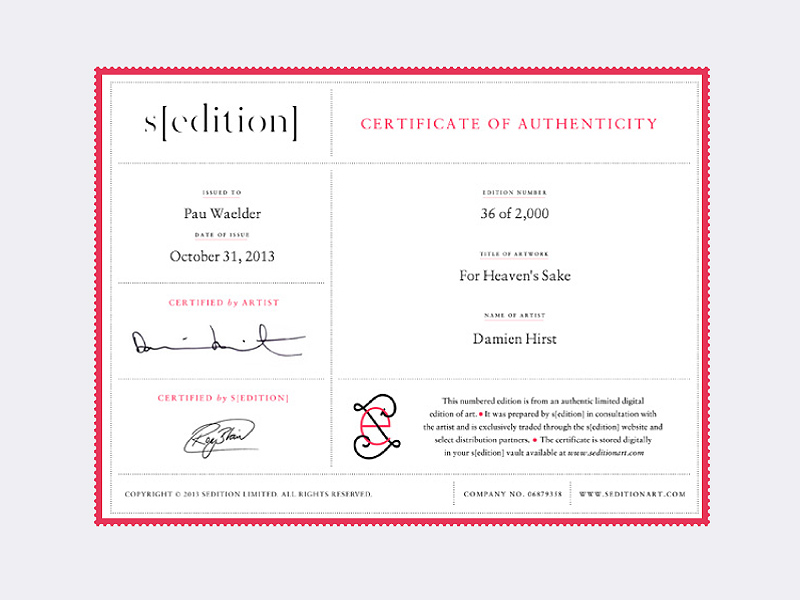
 In art critic Pau Waelder's ebook, titled $8,793 Worth of [Digital] Art, he pairs each of the 159 images of works of art lifted directly from the online art marketplace S[edition]'s storefront with either an authentic or unauthentic "certificate of authenticity," which is intended to only be given upon the official purchase of each copy of an art piece by an individual. However, a simple flaw in the website presentation allowed Waelder to reproduce the certificate – a blank example copy for each art piece is shown on the website proper, which Waelder copied and used to forge some of the certificates in his collection while the rest he officially purchased. These copies are indistinguishable from the real deal, forcing the reader to distrust what they see on the page as fact – an obvious metaphor for what debatably constitutes as "owning an official piece of art" in the contemporary digital landscape.
In art critic Pau Waelder's ebook, titled $8,793 Worth of [Digital] Art, he pairs each of the 159 images of works of art lifted directly from the online art marketplace S[edition]'s storefront with either an authentic or unauthentic "certificate of authenticity," which is intended to only be given upon the official purchase of each copy of an art piece by an individual. However, a simple flaw in the website presentation allowed Waelder to reproduce the certificate – a blank example copy for each art piece is shown on the website proper, which Waelder copied and used to forge some of the certificates in his collection while the rest he officially purchased. These copies are indistinguishable from the real deal, forcing the reader to distrust what they see on the page as fact – an obvious metaphor for what debatably constitutes as "owning an official piece of art" in the contemporary digital landscape.
Indeed, if one were to compare this certificate with any featured on S[edition]'s website, can any difference be found? (Save for the art and artists' names, of course.)
Eyeborg (Neil Harbisson’s Cyborg Antenna)
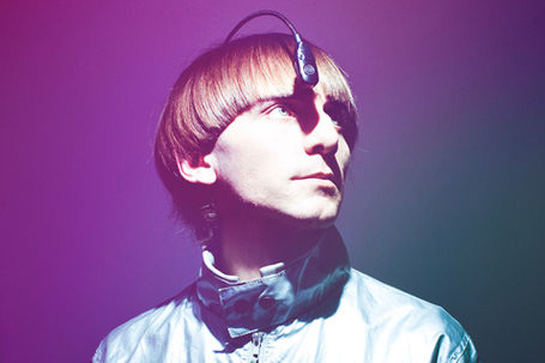
 Neil Harbisson is a cyborg artist based in New York City. He is described as a cyborg artist because his artwork his artwork is concerned with the concept of cyborgism but also because he himself is technically a cyborg. He has an antenna implant, which he calls "the Eyeborg." This device is implanted in his skull and was designed to extend the limitations of human color perception. Although he was born completely color blind, he can can now even see infrared and ultraviolet colors that are invisible to humans.
Neil Harbisson is a cyborg artist based in New York City. He is described as a cyborg artist because his artwork his artwork is concerned with the concept of cyborgism but also because he himself is technically a cyborg. He has an antenna implant, which he calls "the Eyeborg." This device is implanted in his skull and was designed to extend the limitations of human color perception. Although he was born completely color blind, he can can now even see infrared and ultraviolet colors that are invisible to humans.
Profession- Animal Communicator
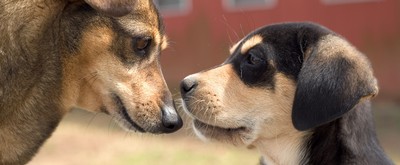
[video src=https://vimeo.com/187329313 height:200 vspace:20 hspace:10 align:left] Communication and telepathy with non-human animals is a subject that has not been extensively researched, but has sparked curiosity in humans. Other animals bring us a wealth of joy and fascination, making it no surprise that alternate ways of communication with them are being developed and explored, due to humans not being able to directly understand non-human animal vocals. Rebecca Loyche’s Profession-Animal Communicator is an experimental video that features overlaid clips of various species of animals including pets as well as wild animals, with a recorded interview from a professional communicator “with over twenty years of experience, estimating that she has done over twenty-four thousand consultations to date.” [1]
Roomba Paintings

 Roombas, or iRobots, have cleaned our carpets and floors since the 1990s [1] and have been an excellent innovation toward better vacuums ever since. In 2006, sculptor Bobby Zokaites saw more than just a better vacuum, he saw a potential tool to create art. What do you get when you take the vacuum out of the Roomba and add a paintbrush? Roomba Paintings!
Roombas, or iRobots, have cleaned our carpets and floors since the 1990s [1] and have been an excellent innovation toward better vacuums ever since. In 2006, sculptor Bobby Zokaites saw more than just a better vacuum, he saw a potential tool to create art. What do you get when you take the vacuum out of the Roomba and add a paintbrush? Roomba Paintings!
Biometric Mirror

[video src=https://youtu.be/Qzs6M0XFyaI height:220 align:left] Lucy McRae's Biometric Mirror is an interactive art installation. Viewers are invited to casually glance into one of the installation’s mirrors, which then runs artificial intelligence software to analyze and “perfect” the patron’s physical facial features. Physical attributes of the face including age, gender, and race are quantified and modified through use of an algorithm to produce a Marquardt Mask, or a more “physically perfect” version of ones face.The participant is therefore shown, face-to-face a simulated version of themselves, a doppelganger that is supposedly better, but eerily "off."
Conway’s Game of Life, sunSurgeAutomata, and the Conway Quartet
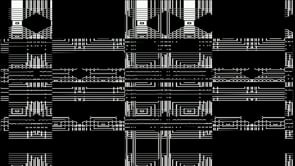
 Conway's Game of Life is a cellular automaton (a model that attempts to replicate the behavior of living cells) developed by British mathematician John Horton Conway in 1970. It takes the form of a grid with pixels that can either be in two states, on or off, or alive and dead since this is supposed to a model replicating the behavior of biological cells. Some artists have taken cellular automata (either Conway's Game of Life or similar ones) and used them to create new pieces, such as Dupuis' Conway Quartet and Scaletti's sunSurgeAutomata.
Conway's Game of Life is a cellular automaton (a model that attempts to replicate the behavior of living cells) developed by British mathematician John Horton Conway in 1970. It takes the form of a grid with pixels that can either be in two states, on or off, or alive and dead since this is supposed to a model replicating the behavior of biological cells. Some artists have taken cellular automata (either Conway's Game of Life or similar ones) and used them to create new pieces, such as Dupuis' Conway Quartet and Scaletti's sunSurgeAutomata.
PHAROS
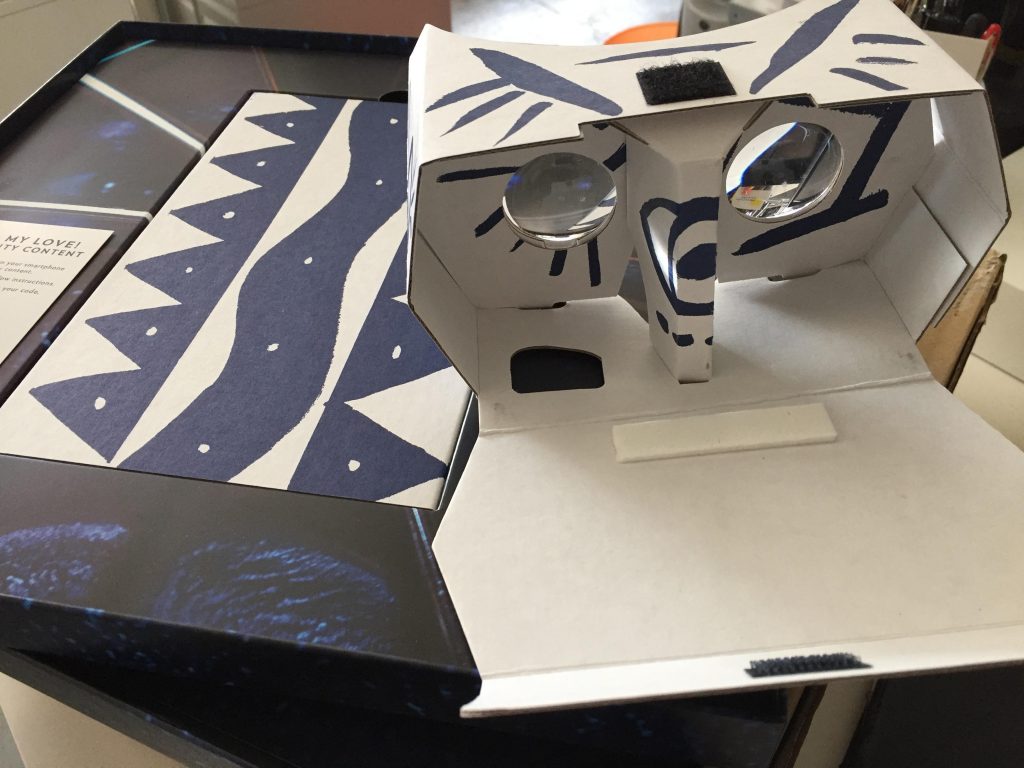
[video src=video:https://youtu.be/u4zSkxh1-Hk?t=1881]Rapper, singer, comedian, writer, director, and producer Donald Glover, aka Childish Gambino, is no stranger to experimentation when it comes to art and bridging the gap between music and technology. Moreover, he utilizes technology to create not only an experience for fans but to interact with them as well. For PHAROS, Childish Gambino utilized a combination of motion capture technology, CGI, and virtual reality to create an immersive 3-Day musical experience that showcased a new way to enjoy and connect to an artist live on stage.
